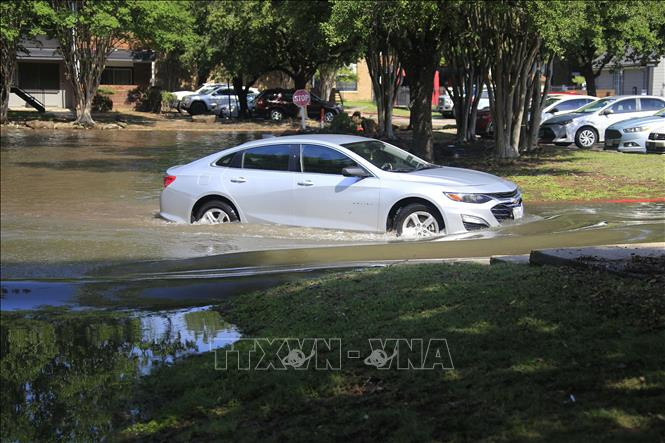On June 25, heavy rain caused widespread flooding in the US regions of Nebraska, South Dakota, Iowa and Minnesota.

River levels rose to record highs, forcing hundreds of people to evacuate and killing at least two people.
In Iowa, Governor Kim Reynolds declared a disaster for affected counties, opening the way for federal aid. The Little Sioux River surged over its levees, causing damage to homes and businesses.
In the southwestern Sioux City and Woodbury County areas of Iowa, residents said they received little warning about the flooding and its severity. Local officials said the river rose above forecast levels, making it difficult to protect levees.
The flooding has also taken a toll on wildlife. The Forever Wildlife Lodge in northwest Iowa has received more than 200 calls since the flooding began. The shelter’s manager said the flooding has been catastrophic for wildlife, with animals being swept away, injured and separated.
To the east in Humboldt, Iowa, water levels are expected to reach a record 16 feet (5 meters) on June 26. Nearly 68,000 sandbags have been placed on levee areas to hold back floodwaters.
Local officials said floodwaters have already begun to inundate some backyards and home foundations.
The National Weather Service is forecasting damaging winds and hail in western Iowa and eastern Nebraska, while parts of South Dakota and Minnesota could see showers and thunderstorms. Flooding could continue to worsen over the next few days as water flows into the Missouri and Mississippi rivers.
In Michigan, more than 150,000 homes and businesses were without power on the morning of June 25 after severe thunderstorms hit, less than a week after a storm left thousands without power for days in suburban Detroit.
In Minnesota, more than 20 locations are expected to experience major flooding, with flood warnings expected to last through the weekend. Governor Tim Walz urged residents not to rebuild their homes too quickly, but to focus on making lasting repairs to prevent or mitigate future flooding.